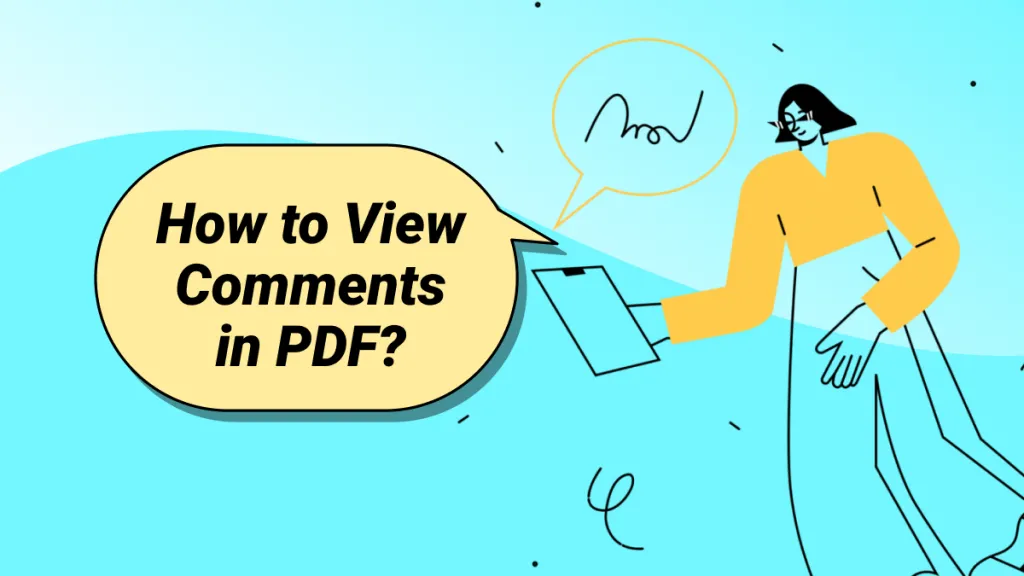PDF annotation is useful for highlighting important points from the document, leaving comments, or fulfilling other purposes. As a modernized note-taking and knowledge-management tool, Obsidian is also used by users to store and access PDFs in vaults. However, many users are struggling to find the Obsidian PDF annotation feature.
So, if you are also looking to learn how to annotate a PDF in Obsidian, then stick with this guide. Here, we will discuss the three methods to annotate PDF in Obsidian and also present its superior alternative – UPDF.
Part 1. Can You Annotate a PDF in Obsidian?
Yes, you can annotate a PDF in Obsidian. However, the important thing to note is that there is no built-in annotation feature in Obsidian. You cannot simply highlight, comment, or draw on the PDF directly from Obsidian's built-in options. To do so, you have to use additional plugins that can help to annotate a PDF in Obsidian.
In contrast, UPDF is a better alternative to annotating a PDF directly without plugins. It is a powerful PDF reader and annotator tool that allows you to highlight, mark, strikethrough, underline, add stickers/stamps, and do more with PDFs directly.
So, if you want a seamless PDF annotation experience, then download UPDF and use it to read and annotate PDF content.
Windows • macOS • iOS • Android 100% secure
Part 2. How to Do PDF Annotation in Obsidian? Three Methods Explained
For Obsidian PDF annotation, you have to choose the right plugin and then use it to annotate a PDF. Below, we have shortlisted three methods/plugins you can use to annotate a PDF in Obsidian:
1. Using PDF++ Plugin
PDF++ is a powerful Obsidian plugin that enhances your PDF experience by empowering you to annotate and edit PDFs. With the PDF++ plugin, you can add backlink highlighting in customized colors. Simply put, you can transform backlinks to PDF files in the form of highlight annotations. Besides that, you can also add annotations directly into PDF files.
Here's how to annotate a PDF in Obsidian with the PDF++ plugin:
Step 1. Install the PDF++ Plugin
You have to first install the plugin. To do so, launch Obsidian and go to Settings > Community plugins > Browse. Search for "PDF++" and install the plugin.
Once the plugin is installed, you will see a new toolbar at the top of the PDF.
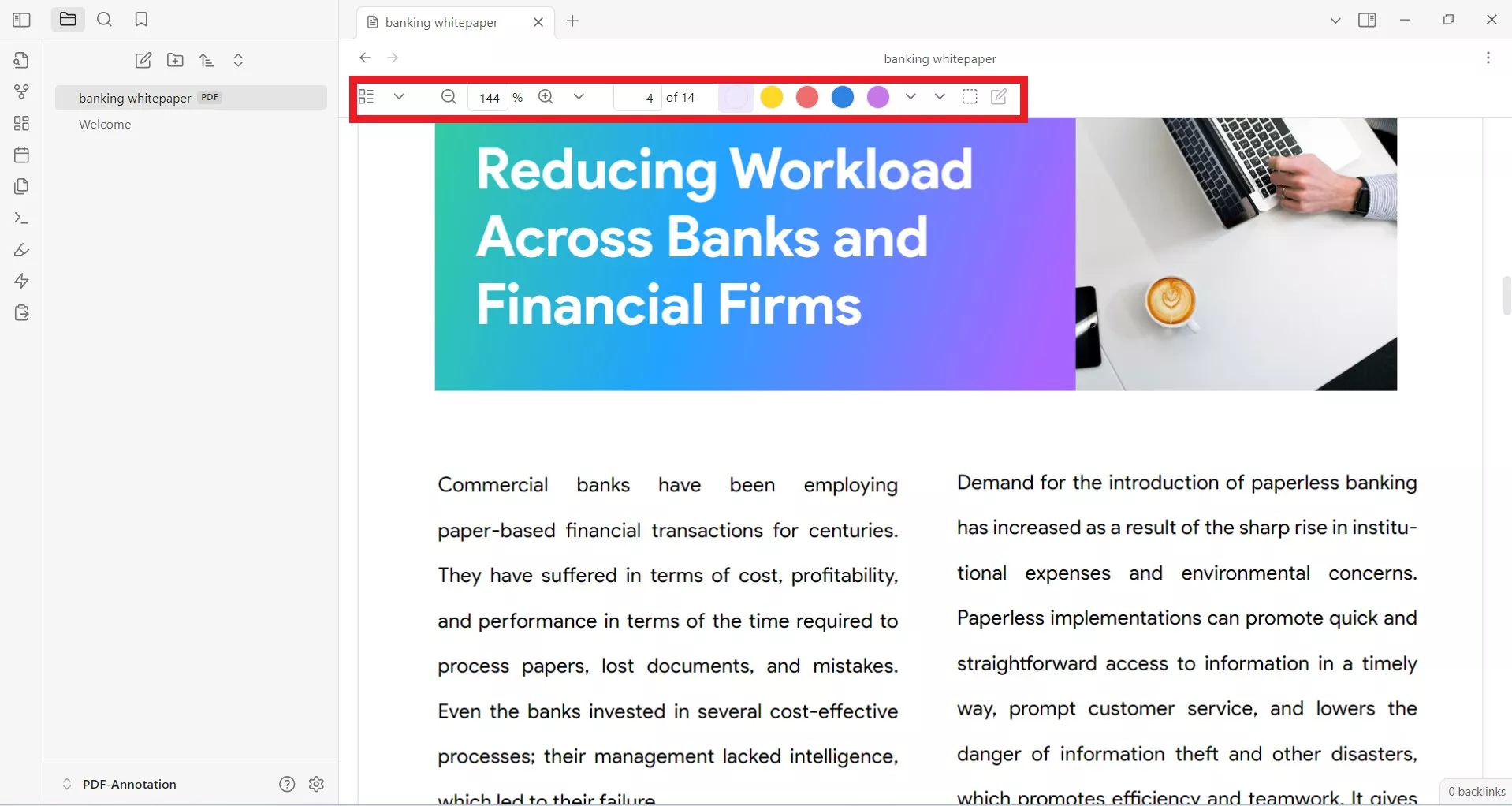
Step 2. Add Backlink Highlighting
To add backlink highlighting, select the PDF text and right-click the mouse.
Under "Copy link to selection", select the color, the type of backlink annotation (Quota, Link, Embed, Callout, etc.), and the detail of the backlink (Title & page, Page, Text, Emoji, or None).
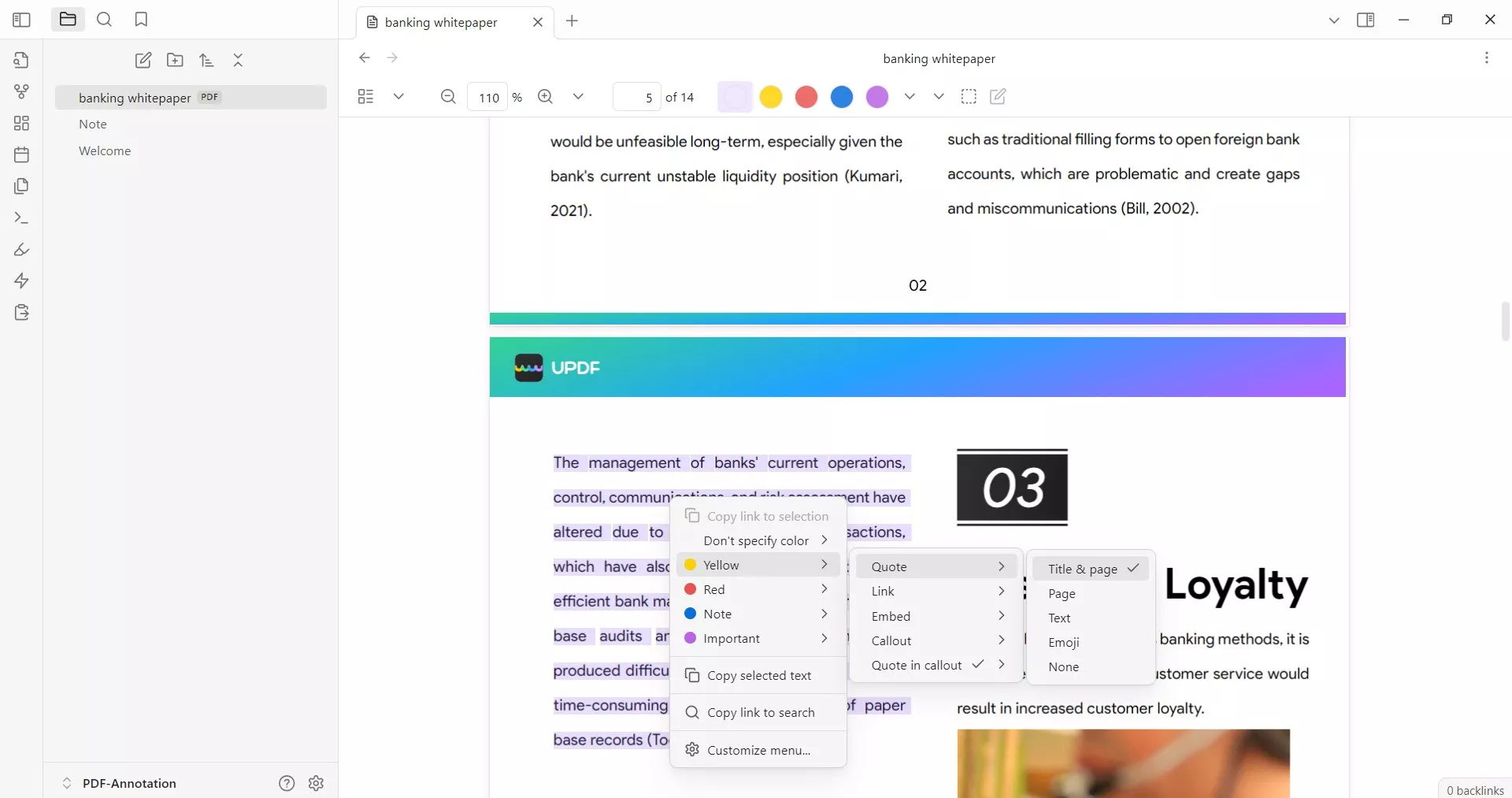
Afterward, paste the copied link in another note.

Now, when you click the highlighted text in the PDF, you will be taken to the above note.
Step 3. Add Highlight Within PDF
To add highlights within PDF, you have to first enable it. So, click its icon from the top menu bar and select "Enable PDF editing".
Next, select the PDF text and right-click the mouse. Under "Add highlight to file", select the color and other options as you did in backlink highlighting.
Once done, you will see the text highlighted. To add a note within the highlighted text, click the text and then tap the "Edit" icon.
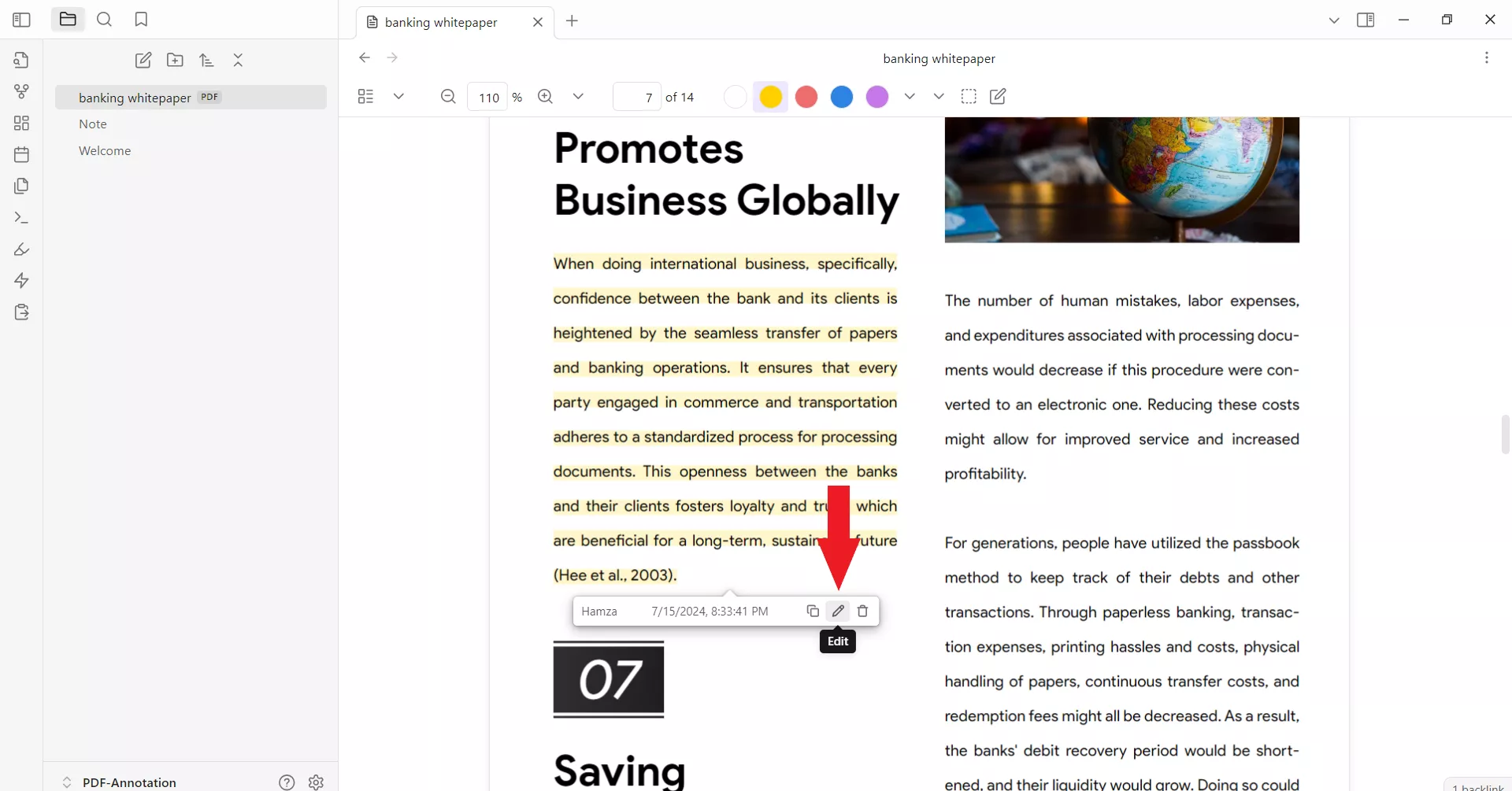
Add the content and click "Save".
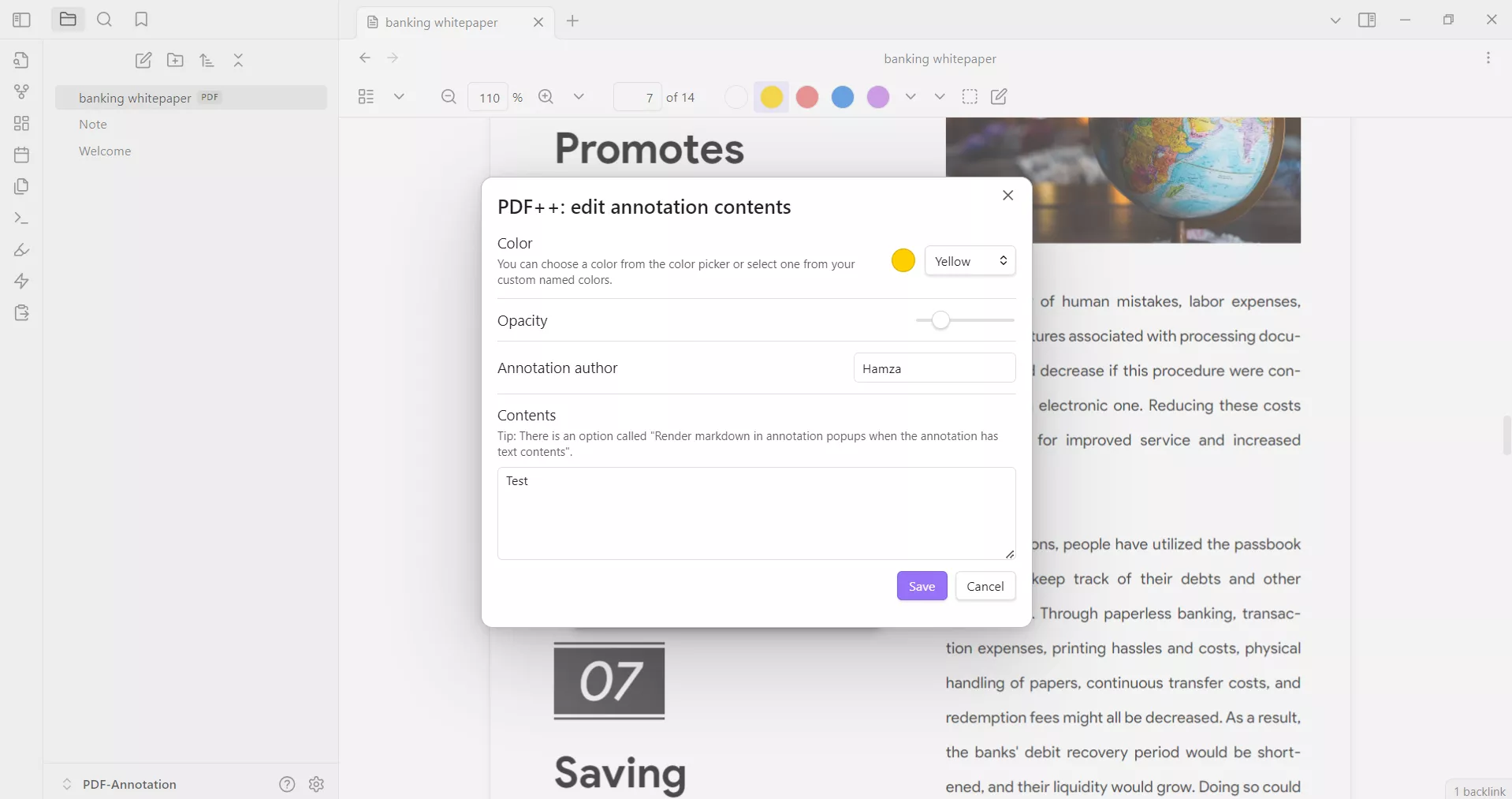
This way, you can use PDF++ to annotate a PDF in Obsidian.
2. Annotator Plugin
Annotator is another useful Obsidian PDF annotation plugin. This plugin helps to read and annotate PDFs and EPUB files. You can use it to highlight texts or add annotations (notes).
Here's how to annotate a PDF in Obsidian with Annotator plugin:
Step 1. Install Annotator Plugin
Launch Obsidian and go to Settings > Community plugins > Browse. Search for "Annotator" and install the plugin.
Step 2. Write Annotator Command
Create a new note and also place your PDF in the same folder.
From the new note, write the below command:
---
annotation-target: PDF Title (you can drag and drop the PDF here to auto-fill the title)
---

Afterward, click the "3-dots" icon from the top right corner and tap "Annotate".
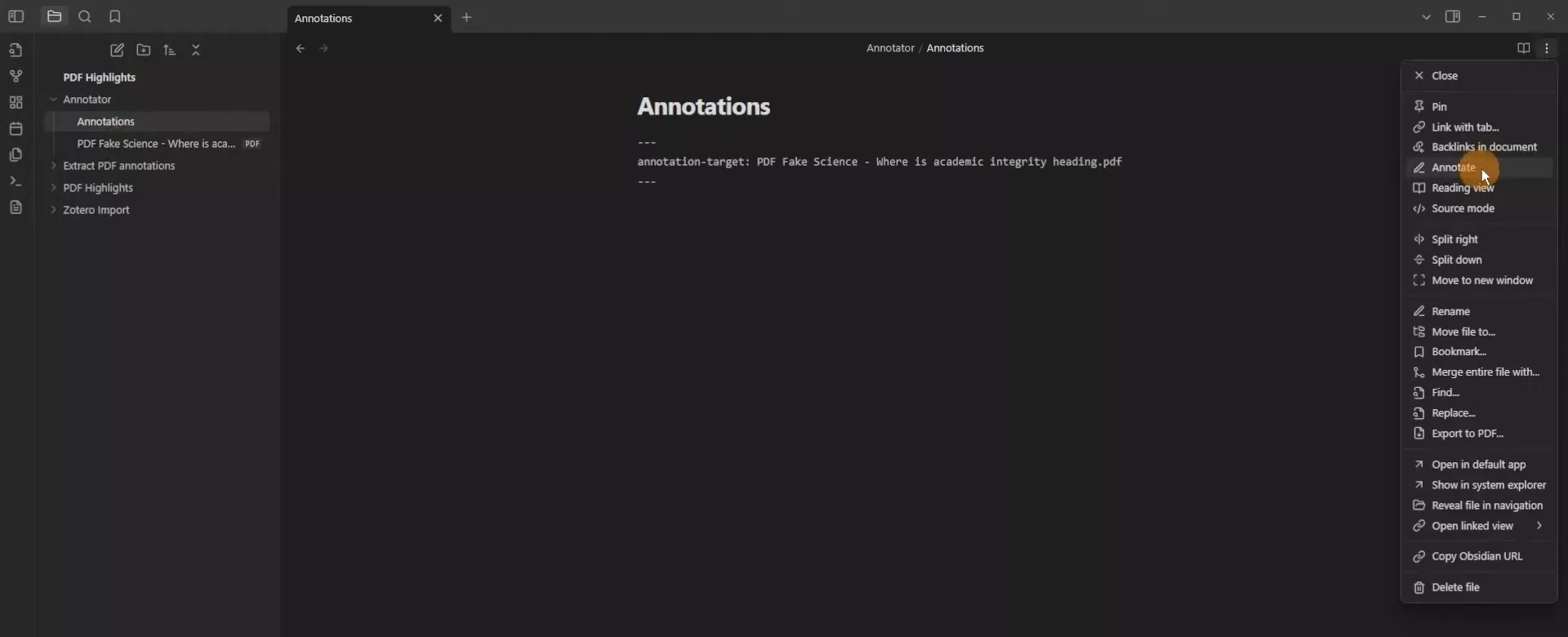
The plugin will load the PDF and prepare it for annotation.
Step 3. Annotate the PDF
Now, you simply have to annotate the PDF. You can select a text and then choose between "Highlight" or "Annotate". The Highlight option will simply highlight the selected text, while the Annotate option will let you add notes/comments for the selected text.
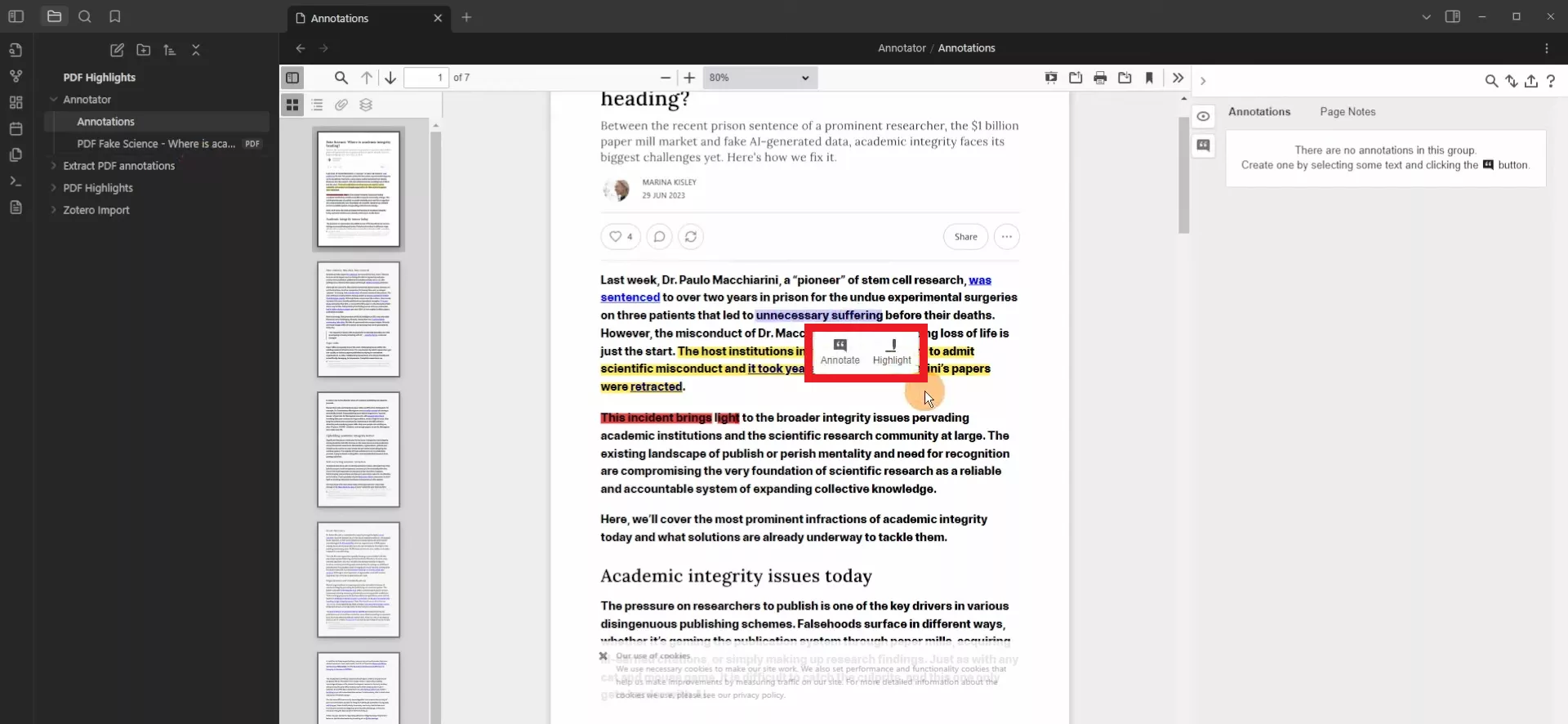
This way, you can easily use the Annotator plugin to annotate a PDF in Obsidian. The major downside of this plugin is that it limits annotation to only highlights and notes. Secondly, it does not add annotation to the main PDF file.
In contrast, UPDF is another PDF annotator tool that offers 10+ annotation functionalities, including highlights, underlining, marking, drawing, strikethrough, or adding stamps/stickers. Furthermore, it can directly add annotation to the main PDF file.
So, why settle for less when UPDF offers a complete PDF annotation experience? Download UPDF and try its feature-rich annotation functionality yourself.
Windows • macOS • iOS • Android 100% secure
3. Extract PDF Annotations
Extract PDF Annotations is another Obsidian PDF annotation plugin that can help extract PDF annotations. In simple words, it will intelligently extract all the annotations (highlights and notes) currently present in the PDF and sort them by topics.
Suppose that you have highlighted important points on the PDF while reading it through the Edge browser. Now, when you have uploaded the PDF in Obsidian, you can use Extract PDF Annotation to extract those annotations from the PDF into Obsidian.
Follow the below steps to use Extract PDF Annotations:
Step 1. Launch Obsidian and go to Settings > Community plugins > Browse. Search for "Extract PDF Annotations" and install the plugin.
Step 2. Open the PDF in Obsidian whose annotations you want to extract. Afterward, open the command palette from the left sidebar.
Step 3. Search for "Extract PDF Annotations" and click it.
You will see that it instantly extracts and sorts all the annotations from the PDF.
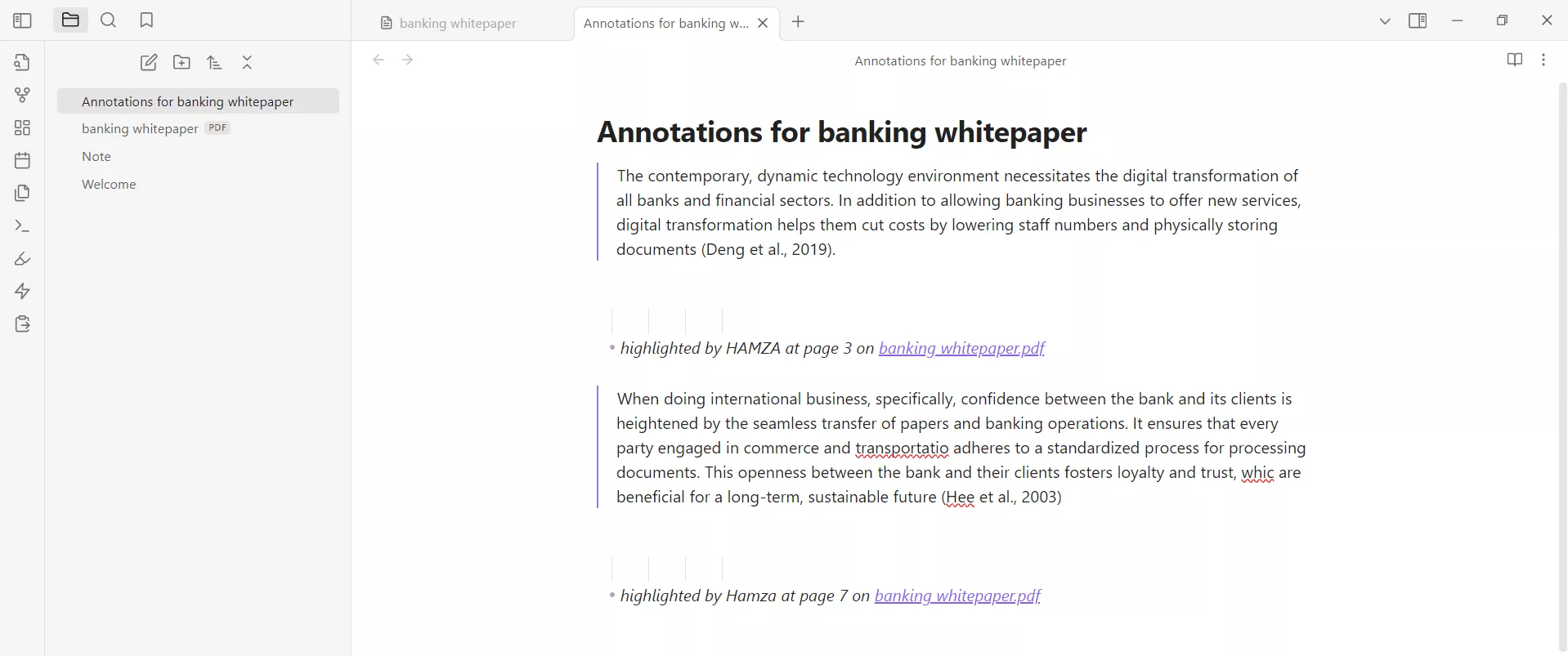
Part 3. How to Annotate a PDF without Obsidian? 13 Annotation Tools with Stickers Included
From the above discussion, we have seen that it is possible to annotate a PDF in Obsidian, but the experience is limited. You need a plugin, but you still get limited annotation functionalities.
So, what if we told you that there is an even better alternative to Obsidian PDF annotation that is easy to use and offers a wide range of annotation functions? This alternative is known as UPDF.
UPDF is a PDF annotator and editor tool that offers a wide range of annotating functions to customize PDFs. Whether it's highlighting and marking or adding stickers/stamps, all its annotation functions are accessible with simple clicks.
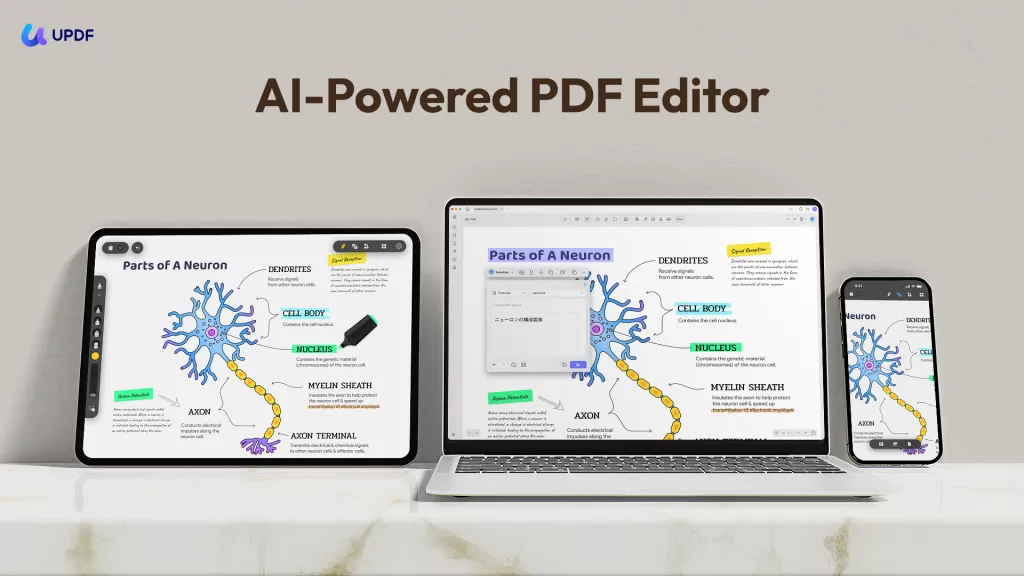
Here's how to annotate a PDF with UPDF's different annotation tools:
1. Text Markups (Highlight, Strikethrough, Underline, and Squiggly)
UPDF supports four types of text markups, including:
- Highlight
- Strikethrough
- Underline
- Squiggly
To use them, install and launch UPDF first and open the PDF file you want to annotate.
Download Button
Click the "Comment" menu from the left sidebar. Afterward, you can choose the highlight, strikethrough, underline, and squiggly icon from the top menu bar and annotate accordingly, as follows:
- Highlight
- Strikethrough
- Underline
- Squiggly
You can also change the color when choosing any of the above markup options.
2. Add Comments
UPDF lets you add three types of comments, i.e., text comment, text box, and sticky note. You can access them from the same Comment menu, as follows:
- Text Comment
- Text Box
- Sticky Note
3. Draw in PDF with Pencil and Eraser
UPDF also lets you draw in the PDF with a pencil. You can customize the pencil color, opacity, and thickness and then draw easily.
To access this annotation function, click the "Pencil" icon from the top menu bar, choose the color, opacity, and thickness, and use the cursor to draw freely.
To erase some drawings, click the "Erase" icon in "Pencil", choose its thickness, and then erase the drawing.
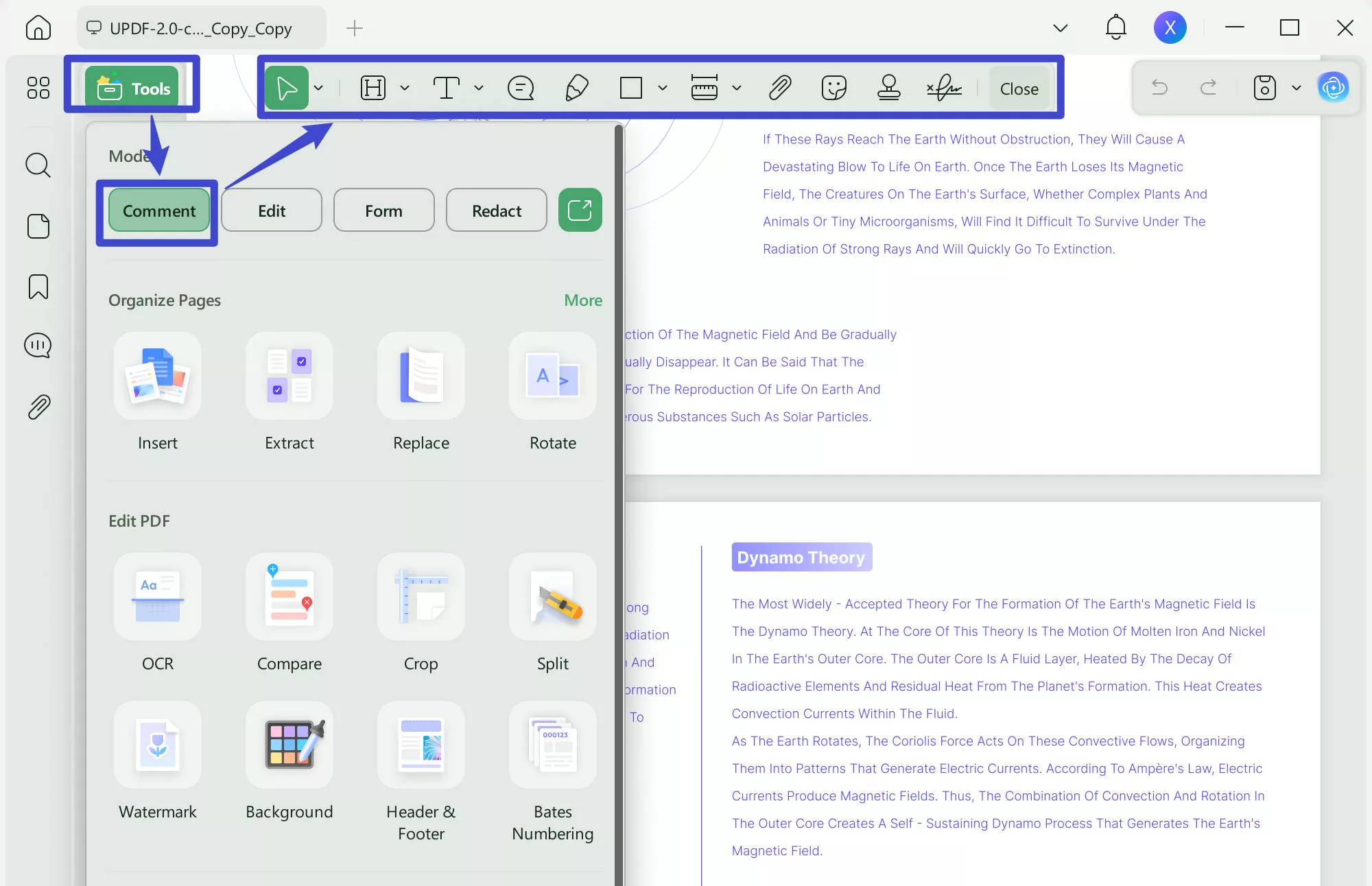
4. Add Stickers
UPDF offers 100+ stickers that you can insert in the PDF to make it more compelling. To access stickers, click the "Stickers" icon and choose the sticker of your liking.
Afterward, tap on the PDF where you want to add the sticker and then adjust its dimensions.
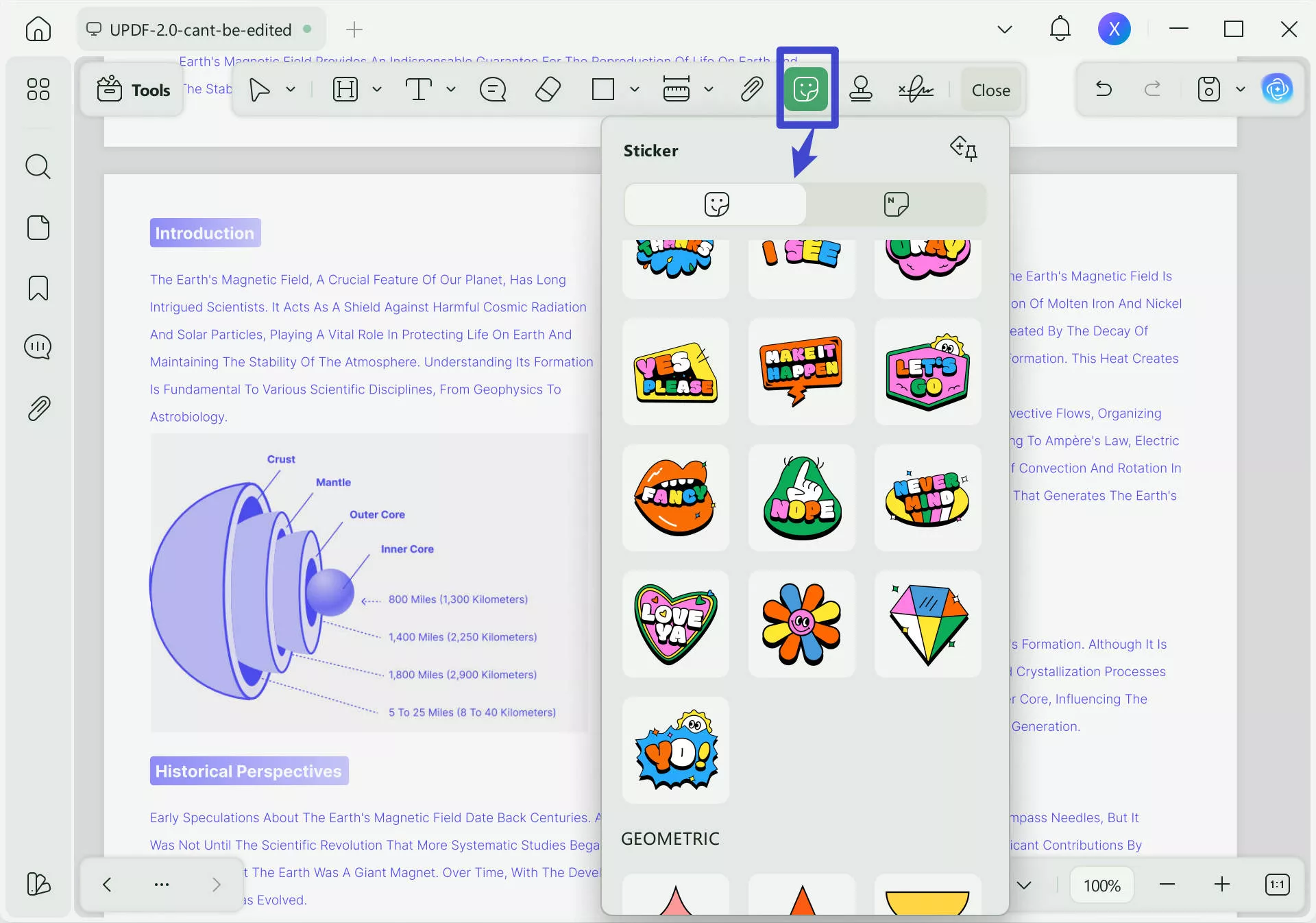
5. Add Stamps
UPDF lets you add different types of stamps, such as revised, reviewed, approved, etc. It even lets you create or import custom stamps as well.
To access them, click the "Stamps" icon and choose the right stamp. Place it in the PDF and adjust its dimensions.
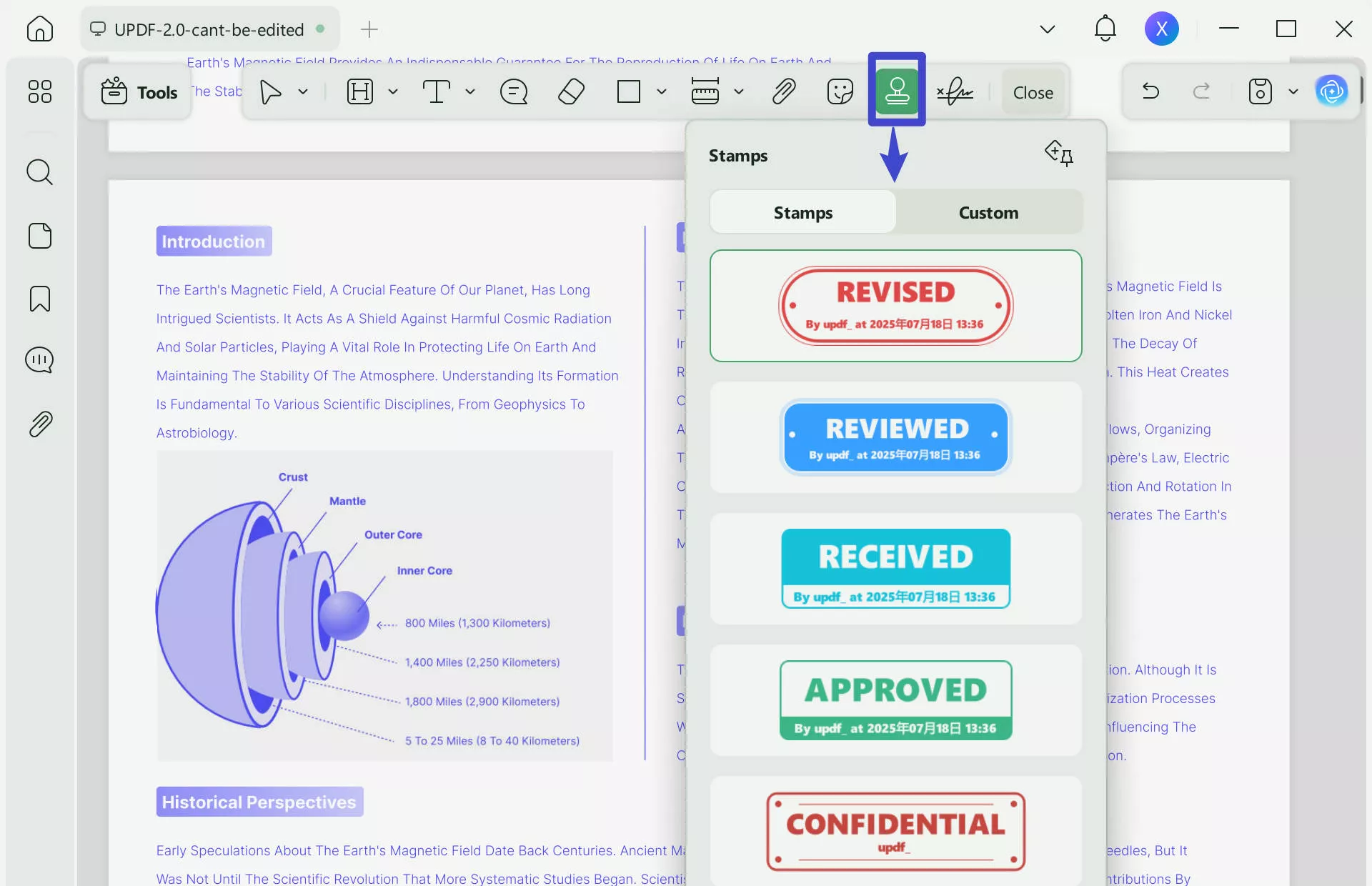
To create a custom stamp, click the "Custom" tab and then click "Create". Customize the stamp text and design and click the "Create" button.
6. Add Shapes
UPDF supports adding various shapes, such as lines, rectangles, arrows, ovals, etc. To access them, click the "Rectangle" icon. Select the shape, color, and thickness. Afterward, drag your cursor into the PDF where you want to insert the shape.
7. Measure PDF
Another unique annotation feature of UPDF is its ability to measure PDFs. It can help measure distance, perimeter, and area. These parameters are useful for analyzing the PDF's nature and adding stickers and shapes precisely.
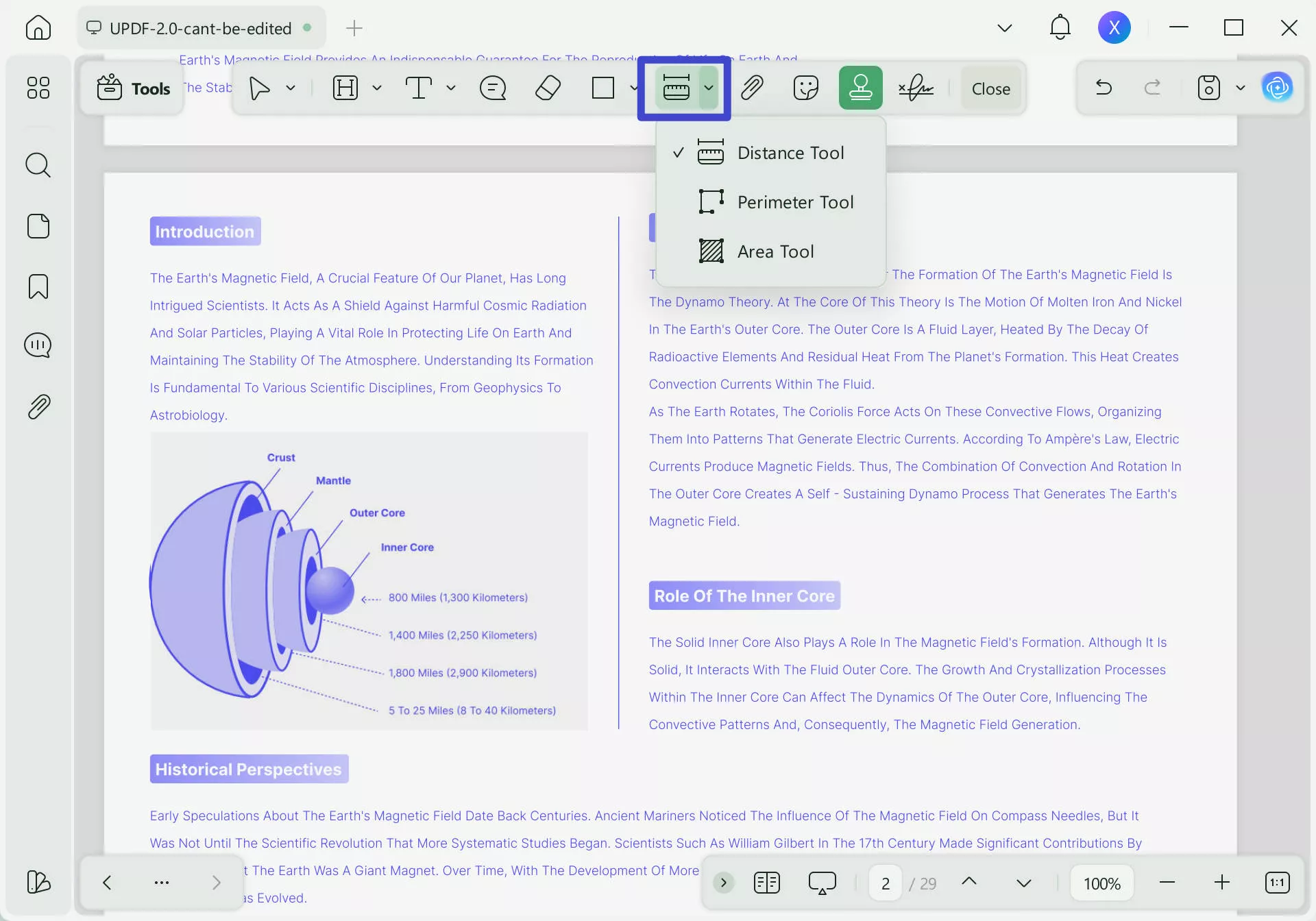
To access measurement options, click its icon from the top menu bar and choose one of the measurement types, as follows:
- Distance: It tells the distance between two specific regions.
- Perimeter: It tells the distance, angle, perimeter, X and Y axis details, precision, and aspect ratio.
- Area: It tells the area, distance, scale ratio, angle, X and Y axis details, and precision.
8. Add Attachment
UPDF also allows you to add other documents within the PDF. To access that, click the "Attachment" icon and tap anywhere in the PDF. Select the file you want to add as an attachment.
That's it. All the above annotation functionalities make UPDF an all-in-one tool to annotate PDFs while reviewing documents, sharing feedback, or working collaboratively.
So, why wait? Install UPDF on your Windows/Mac or iOS/Android device and enjoy a modernized and powerful PDF annotation experience.
Windows • macOS • iOS • Android 100% secure
Conclusion
Obsidian is a great tool for note-taking and organizing information, but its capability around PDF is limited. You need plugins to annotate a PDF in Obsidian, but the experience is still limited and complicated. In contrast, we have seen that UPDF is a better alternative than Obsidian PDF annotation, as it offers a wide range of annotation functionalities and a click-based interface. Therefore, the wrap-up of this guide is to opt for UPDF to have the best PDF annotation experience.
 UPDF
UPDF
 UPDF for Windows
UPDF for Windows UPDF for Mac
UPDF for Mac UPDF for iPhone/iPad
UPDF for iPhone/iPad UPDF for Android
UPDF for Android UPDF AI Online
UPDF AI Online UPDF Sign
UPDF Sign Edit PDF
Edit PDF Annotate PDF
Annotate PDF Create PDF
Create PDF PDF Form
PDF Form Edit links
Edit links Convert PDF
Convert PDF OCR
OCR PDF to Word
PDF to Word PDF to Image
PDF to Image PDF to Excel
PDF to Excel Organize PDF
Organize PDF Merge PDF
Merge PDF Split PDF
Split PDF Crop PDF
Crop PDF Rotate PDF
Rotate PDF Protect PDF
Protect PDF Sign PDF
Sign PDF Redact PDF
Redact PDF Sanitize PDF
Sanitize PDF Remove Security
Remove Security Read PDF
Read PDF UPDF Cloud
UPDF Cloud Compress PDF
Compress PDF Print PDF
Print PDF Batch Process
Batch Process About UPDF AI
About UPDF AI UPDF AI Solutions
UPDF AI Solutions AI User Guide
AI User Guide FAQ about UPDF AI
FAQ about UPDF AI Summarize PDF
Summarize PDF Translate PDF
Translate PDF Chat with PDF
Chat with PDF Chat with AI
Chat with AI Chat with image
Chat with image PDF to Mind Map
PDF to Mind Map Explain PDF
Explain PDF Scholar Research
Scholar Research Paper Search
Paper Search AI Proofreader
AI Proofreader AI Writer
AI Writer AI Homework Helper
AI Homework Helper AI Quiz Generator
AI Quiz Generator AI Math Solver
AI Math Solver PDF to Word
PDF to Word PDF to Excel
PDF to Excel PDF to PowerPoint
PDF to PowerPoint User Guide
User Guide UPDF Tricks
UPDF Tricks FAQs
FAQs UPDF Reviews
UPDF Reviews Download Center
Download Center Blog
Blog Newsroom
Newsroom Tech Spec
Tech Spec Updates
Updates UPDF vs. Adobe Acrobat
UPDF vs. Adobe Acrobat UPDF vs. Foxit
UPDF vs. Foxit UPDF vs. PDF Expert
UPDF vs. PDF Expert


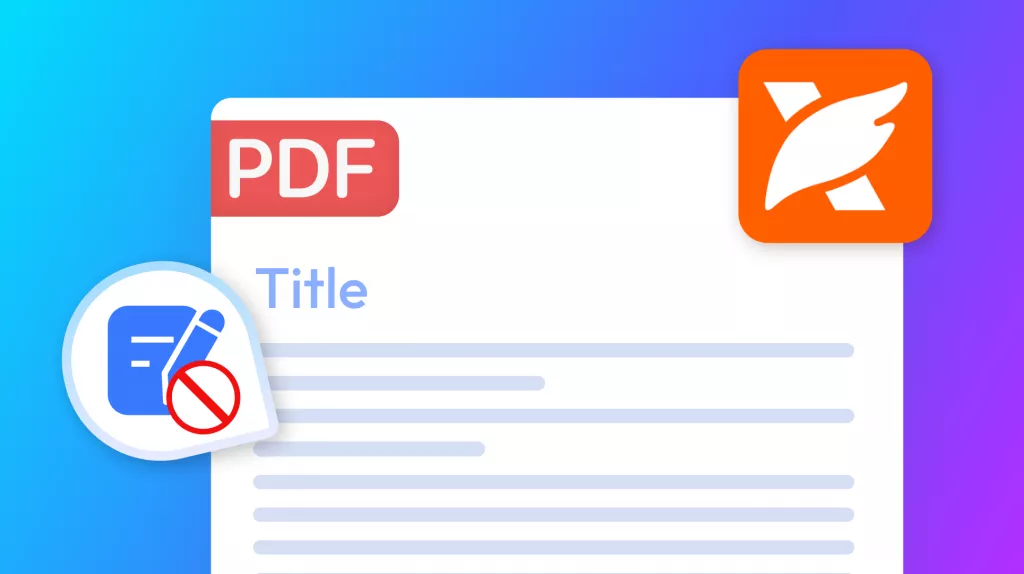
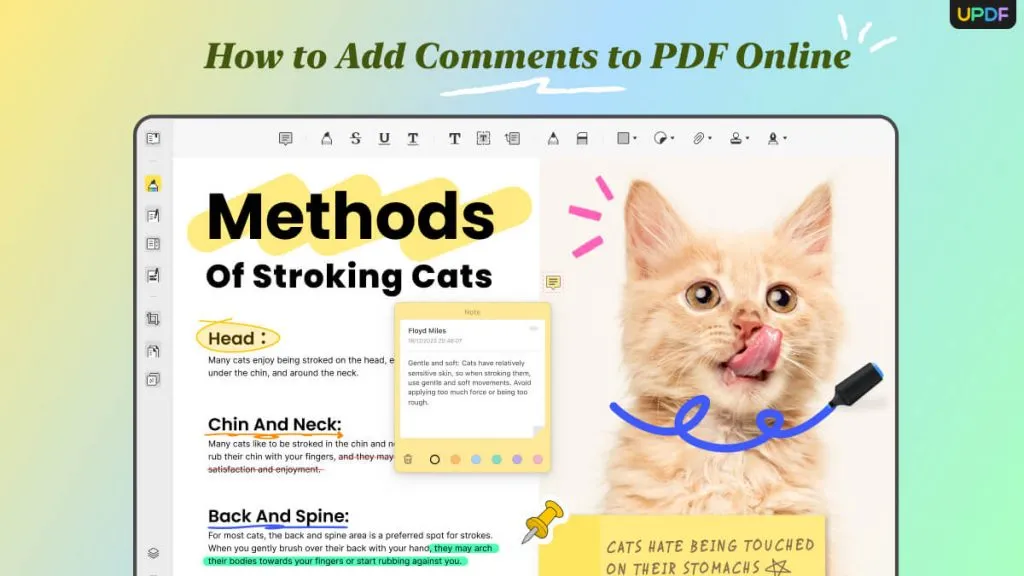
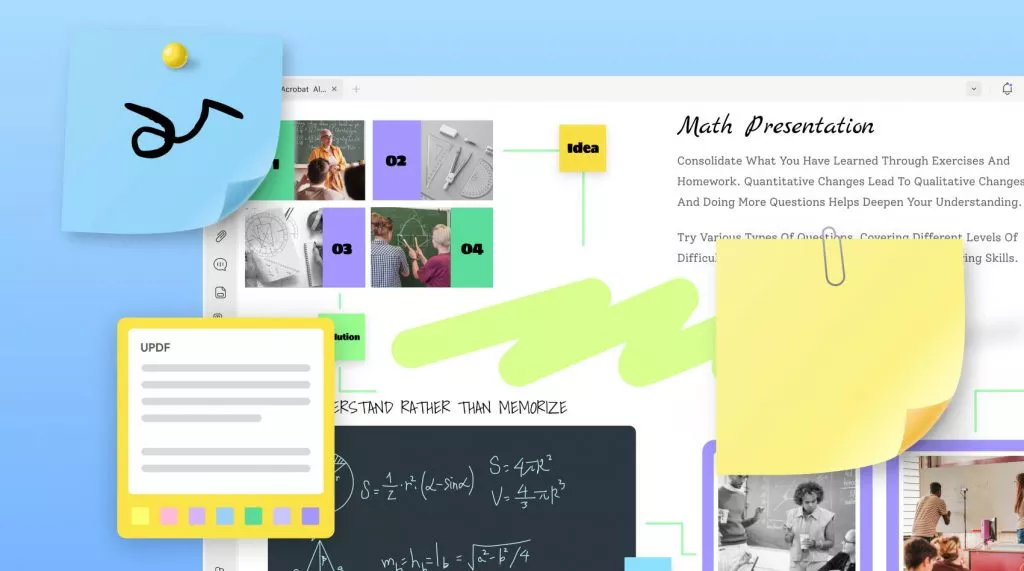
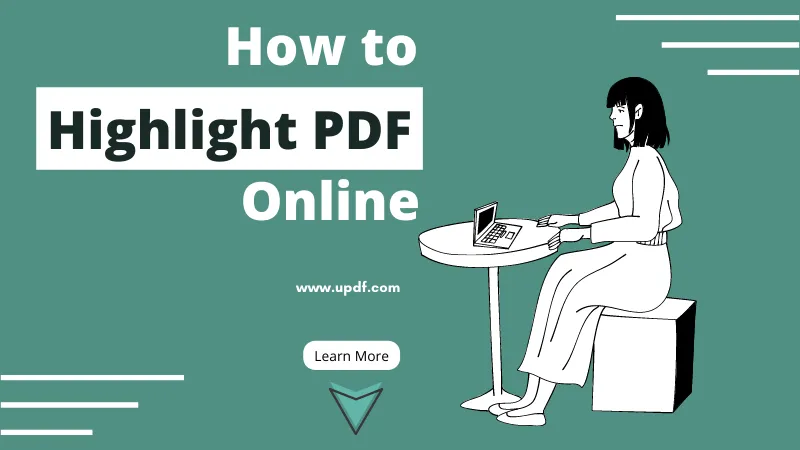


 Enrica Taylor
Enrica Taylor 
 Delia Meyer
Delia Meyer 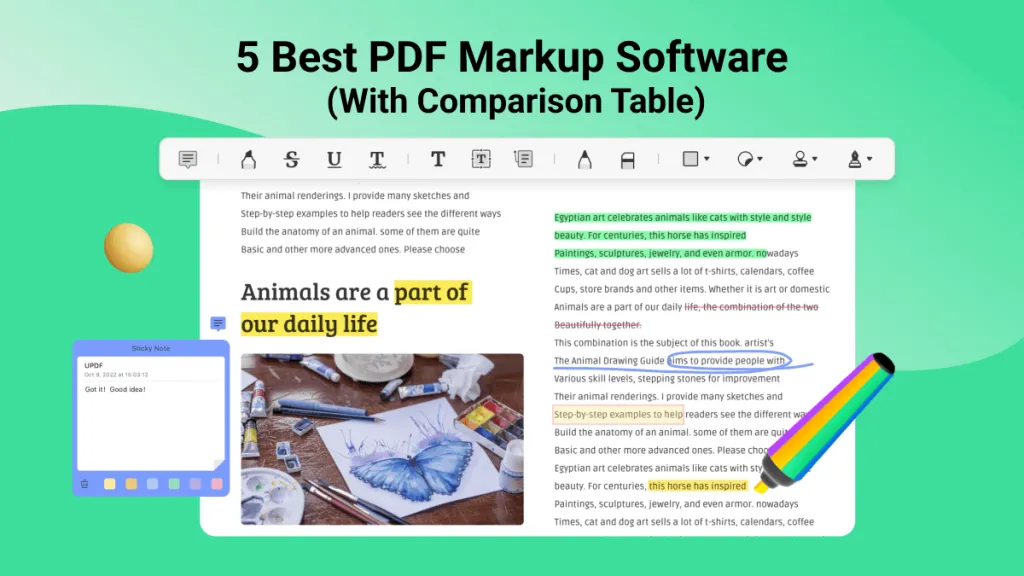
 Enola Miller
Enola Miller 
 Enya Moore
Enya Moore 